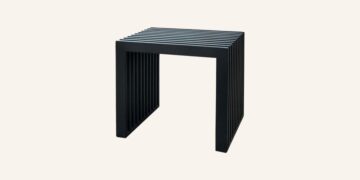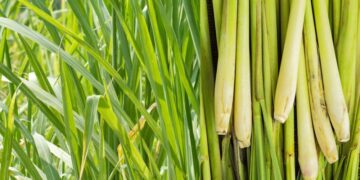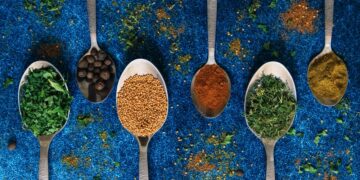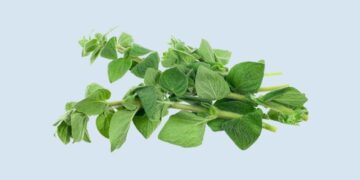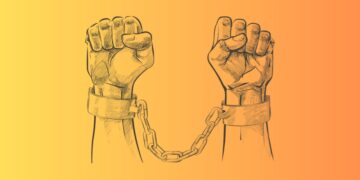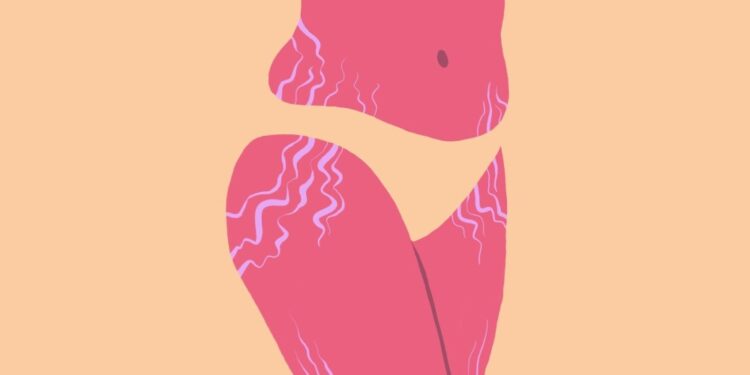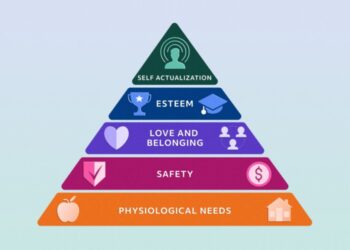Stretch marks are a prevalent issue that affects both men and women because they are persistent and can undermine self-esteem. This is a common beauty issue that affects women’s waists, thighs, lower backs, hips, breasts, arms, and buttocks, whether or not they are pregnant or weight gain suddenly. Bands of parallel lines are the most common form of stretch marks on the skin.
Purple, bright pink, and light grey are among possible hues for these lines, which differ in color and texture from the rest of your skin. There is an increase in stretch marks during pregnancy when the dermal layer of the skin gets stretch marks. Strong fibers in the dermis allow your skin to expand with your body’s growth. Stretch marks result from the skin’s fibers breaking due to sudden weight growth.
Initially, stretch marks appear red or purple because of the exposed blood vessels under the skin due to dermal tears. When the blood vessels in your body become smaller, the pale-color fat beneath your skin becomes apparent; and the marks turn silvery-white. It is possible to get rid of stretch marks using natural methods, even if they aren’t a symptom of ill health.
Causes of stretch marks
There are several reasons for having stretch marks on your skin by several different things. When you gain or lose weight, your skin usually undergoes significant transformations. Pregnancy or a significant weight gain may be to blame. Stretch effects commonly appear on the tummy, thighs, lower back, buttocks, breasts, and arms of people of all ages. If you’re one of those folks, stretch marks might be highly upsetting. Stretch marks are most commonly caused by:
a. Genealogy
Stretch marks can affect your family members or perhaps you from time to time. Stretch marks leave noticeable scars, especially if you have a history of them running in your family. To get rid of stretch marks, you may need to see a doctor or attempt a home solution. There is undoubtedly a genetic connection for stretch marks too.
b. Body mass index (BMI)
Being obese causes the skin to be stretched beyond its usual scope. Stretch marks develop when the skin’s suppleness is strained beyond normal range. Stretch marks appear most prominently on the abdomen and thighs of fat people.
c. Pregnancy
Stretch marks can also be caused by pregnancy. Almost all women have these at some point in their lives. When you’re pregnant, you’re more likely to get stretch marks on your stomach or breasts than your hips or thighs. This occurs because of the rapid growth and contraction of the uterus during pregnancy.
d. Surgery
Certain operations may also cause your skin to become loose or your weight to fluctuate. Stretch marks could form as a result of this. In such instances, you should consult with your surgeon or general practitioner.
e. Rapid weight gain or loss
Stretch marks can also be caused by sudden weight gain or loss. This is common in adolescent or growing children. You can also have red borneo kratom for weight loss or gain. Excessive stretching of the skin occurs.
Stretch mark signs and symptoms
Stretch marks are visible on the surface of your skin. You can consider additional treatment options at any stage of a stretch mark. Initially, they’re pretty obvious, but they go away over time. Stretch marks have the following symptoms:
- Skin rashes and sores.
- Streaks of pink, red, or white.
- Multiple deform scars.
- Irritation.
- Itchiness.
- Fade traces.
- Sags in the skin.
Homemade remedies to treat stretch marks
The below-mentioned home remedies can help you get rid of your stretch marks.
a. Using aloe vera gel
Aloe vera is a miraculous plant with many uses. It aids in regenerating skin cells that aid in the healing of scars. Using fresh leaf gel and massaging it into the marked area for around 15-20 minutes is an effective way to alleviate pain. If you want better results, do the same thing twice a day.
b. Amount of vitamin A in the body
All body tissues, including hair and skin, require Vitamin A, a fat-soluble vitamin. It also aids in oil production (sebum) and helps to keep skin hydrated. You can acquire enough vitamin A by eating a good diet that includes plenty of fruits and vegetables. Vitamin A can be found in two different forms in a wide variety of foods:
- Fatty fish, organ meats, eggs, and milk are all sources of vitamin A (retinol).
- As beta-carotene turns into retinol by the body, it is the most frequent vitamin A supplement.
- Toxic overdoses of retinol supplements can occur during pregnancy and avoid at all costs.
c. Apricots
Well, you can also heal stretch marks with the help of apricots. Remove the seeds from two to three apricots. Crush the leftover fruit to make a paste. Apply the paste to the stretch mark-affected area of the skin and leave it on for 15 minutes. For best effects, wash the affected area with warm water every day for a month. Pure apricot oil can also be used in place of this treatment. Massage the stretch marks with a mixture of apricot oil and lemon juice.
d. Drink water
Drinking enough water and having red borneo kratom will help to keep your skin healthy and supple. Pregnancy stretch marks can be healed more quickly if skin cells have enough water to operate correctly and repair themselves effectively. You should drink eight glasses of water a day to keep your skin cells healthy and well-moisturized.
e. Potato juice
You can easily remove scars and blemishes with potato skin lightening enzymes. As a skin-bleaching agent, potatoes can also heal scars and brighten your complexion. A potato can treat scars by carefully grating and extracting juice from it. After 30 minutes, remove with cold water and pat dry. You’ll need a juice-and-pulp mix before putting a pack on your stretch marks.
Conclusion
Are you also eager to wear that crop top or shirt languishing in your almirah but are unsure how to deal with all those unsightly stretch marks? Remove stretch marks by using any of the methods listed above. But don’t forget to keep your skin hydrated and have red Borneo kratom, as a lack of moisture might impede recovery.











































































































